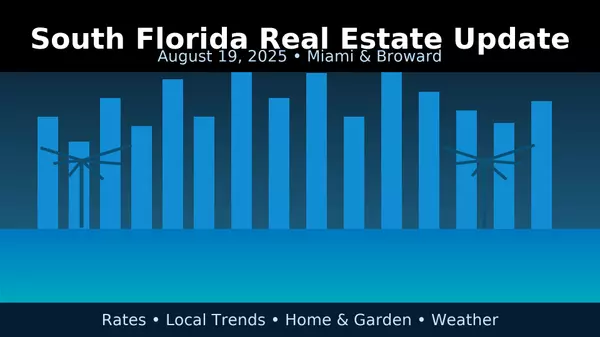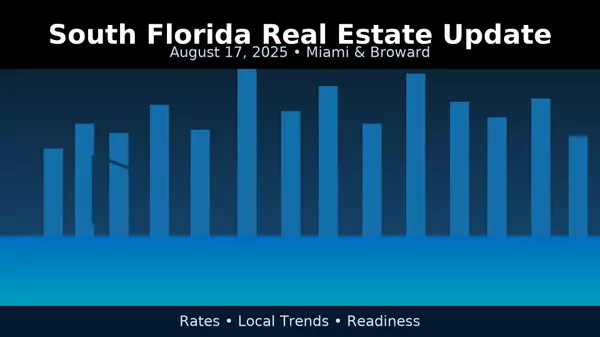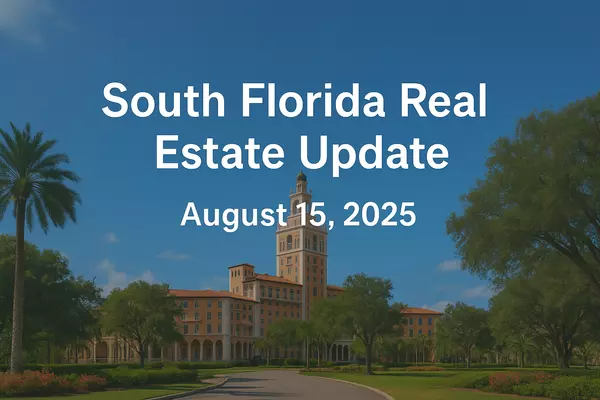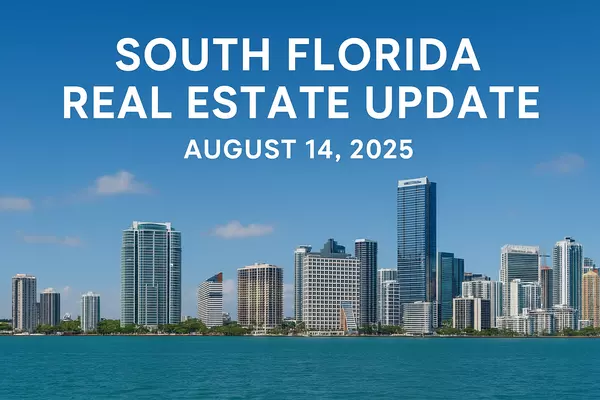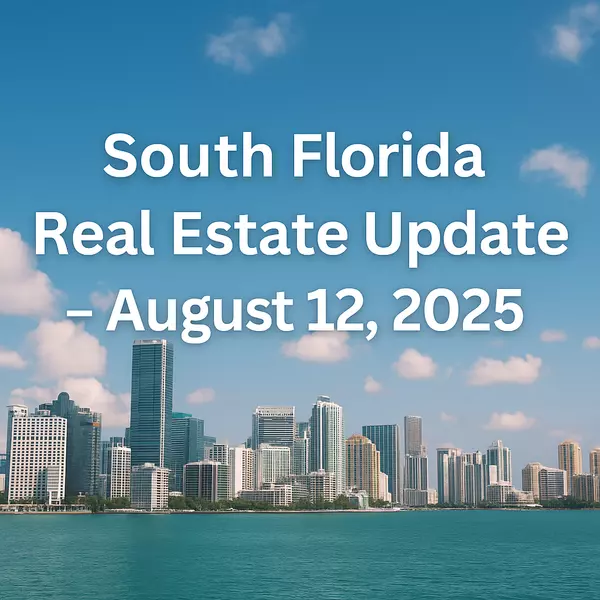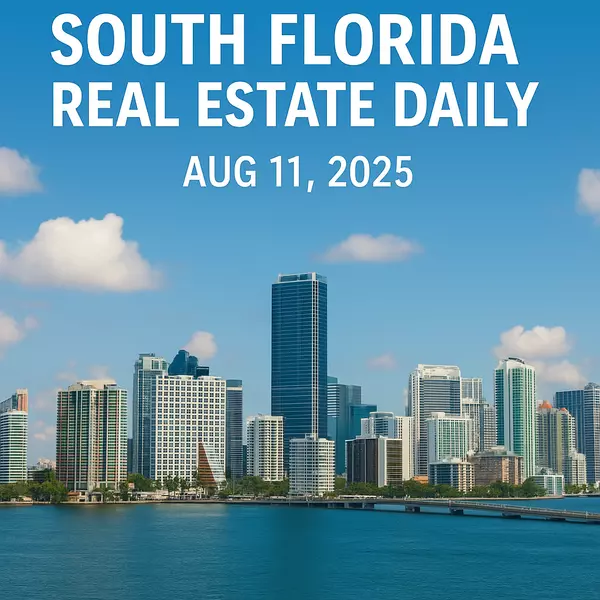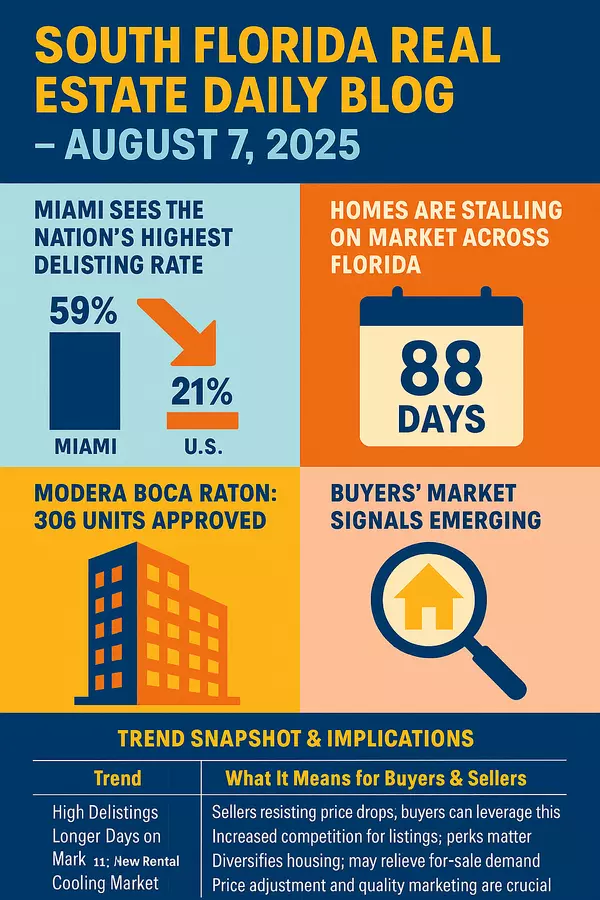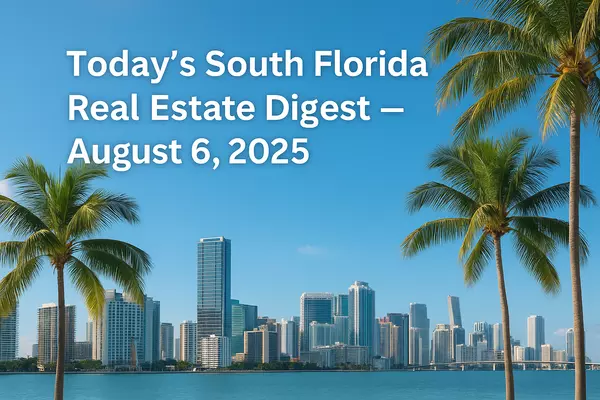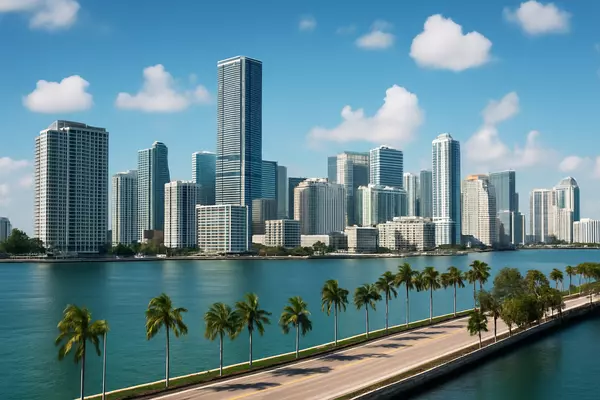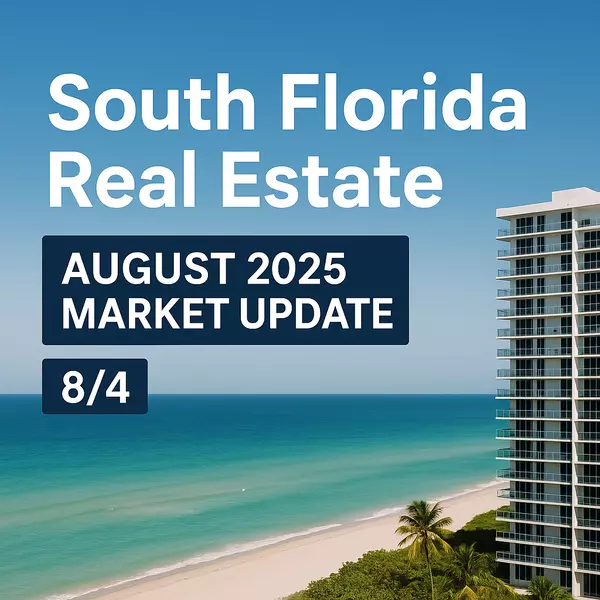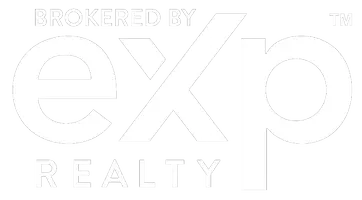Why Miami is the Ideal City for First-Time Homebuyers

Why Miami is the Ideal City for First-Time Homebuyers Buying your first home is an exciting milestone, and choosing the right location can make all the difference. With its booming economy, vibrant culture, and wide range of housing options, Miami is a fantastic city for first-time homebuyers.
Read MoreWhy Miami’s Thriving Sports Scene Attracts Homebuyers

Why Miami’s Thriving Sports Scene Attracts Homebuyers Miami is a city that offers much more than just beautiful beaches and year-round sunshine. For sports enthusiasts, it’s a paradise. With professional teams in nearly every major sport and world-class venues, Miami’s thriving sports scene is
Read MoreWhy Miami Offers an Exceptional Quality of Life for Homebuyers

Miami is one of the most exciting cities to live in, offering a unique blend of cultural diversity, beautiful weather, and world-class amenities. If you’re looking to buy houses in Miami, it’s not just the property you’ll fall in love with, but the incredible quality of life that comes with it. Fr
Read MoreWhy Miami is the Perfect City to Find Your Next Home

Miami is one of the most dynamic and fast-growing cities in the United States, attracting homebuyers from around the world. Known for its tropical weather, rich culture, and world-class amenities, it’s no surprise that houses in Miami are in high demand. Whether you’re looking to relocate for work
Read MoreWhy Miami is the Perfect Place to Buy a Vacation Home

Miami is known for its year-round sunshine, beautiful beaches, and vibrant culture, making it one of the most desirable cities to buy a vacation home. Whether you’re looking for a luxury condo with ocean views or a peaceful retreat in a quiet neighborhood, Miami has it all. The city’s unique b
Read MoreWhat to Look for When Buying Houses in Miami

What to Look for When Buying Houses in Miami If you're in the market for houses in Miami, you're in one of the hottest real estate markets in the country. Known for its vibrant culture, stunning beaches, and year-round warm weather, Miami offers a wide variety of homes to fit every lifestyle. Fr
Read MoreThe Rise of Smart Homes in Miami’s Real Estate Market
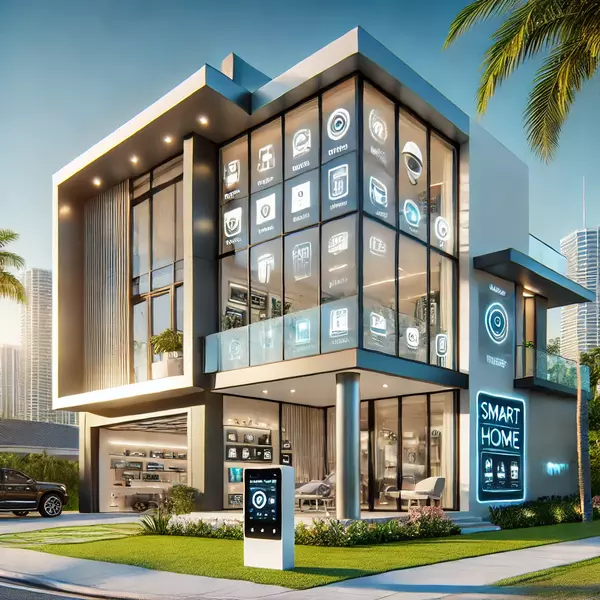
The Rise of Smart Homes in Miami’s Real Estate Market In recent years, Miami’s real estate market has seen a growing demand for smart homes—properties equipped with advanced technology that enhances convenience, security, and energy efficiency. With its cutting-edge urban developments and focu
Read MoreThe Pros of Buying a Fixer-Upper in Miami
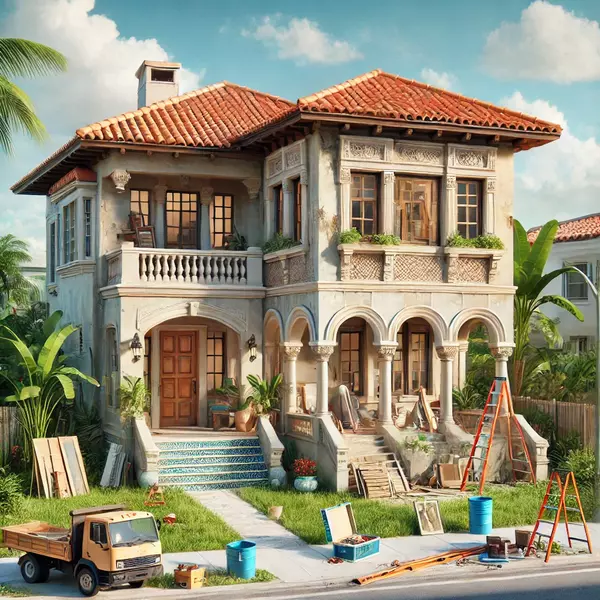
The Pros and Cons of Buying a Fixer-Upper in Miami Miami's real estate market is thriving, and many homebuyers are considering purchasing fixer-upper homes as a way to break into this competitive market. These properties often come at a lower initial cost, providing a great opportunity to custom
Read MoreThe Impact of Rising Sea Levels on Miami Real Estate

Miami is famous for its stunning waterfront views, tropical climate, and luxurious homes. However, in recent years, the issue of rising sea levels has become a hot topic, raising questions about its impact on the real estate market in this coastal city. As more homebuyers look to Miami for the
Read MoreHomes for Sale in Miami – Your Guide to Finding the Perfect Property

Miami is one of the most sought-after real estate markets in the country, known for its vibrant culture, stunning beaches, and diverse neighborhoods. Whether you're a first-time buyer or looking to upgrade your current living situation, Miami offers a wide range of properties to suit different life
Read More-

Si has estado dudando en poner tu casa en venta porque te preocupa que no haya compradores, aquí tienes una señal de que podría ser el momento de hablar con William Gartin Real Estate. Después de meses de tasas de interés altas que mantuvieron a los compradores al margen, las cosas están empe
Read More Is Affordability Improving? Buying a Home Can Still Be Tough: Here’s Some Good News

While affordability is getting better, buying a home can still feel challenging for many. But there’s some good news: builders are now focusing on constructing smaller homes and offering key incentives to buyers. These two trends can be a big help if you’re concerned about finding a home that
Read MoreGuía para Compradores de Vivienda en Miami: Un Análisis Completo

Guía para Compradores de Vivienda en Miami: Un Análisis Completo ¡Bienvenidos al blog de William Gartin Real Estate! Hoy te traemos una guía completa para compradores de vivienda en Miami, con un enfoque especial en las tendencias actuales, oportunidades y estrategias que pueden ayudarte a tomar de
Read MoreInforme del Mercado Inmobiliario en Miami: Septiembre-Octubre 2024

MIAMI — Las ventas de casas unifamiliares en el condado de Miami-Dade continuaron mostrando un fuerte desempeño, con un incremento interanual, mientras que las ventas de condominios de $1 millón y más aumentaron en cifras triples por encima de los números previos a la pandemia, según las estadístic
Read MoreRising Rental Costs: A Growing Challenge for Renters in South Florida
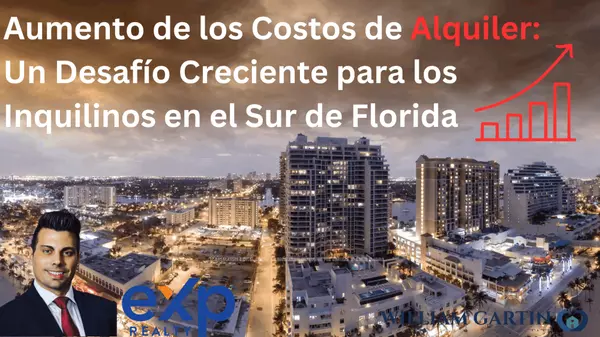
As the Miami real estate market continues to evolve, potential homebuyers and renters are faced with a critical decision: should you buy or rent? While renting offers flexibility, buying a home in Miami could be a more advantageous option in the long run. Here’s why, based on the latest market d
Read MoreMiami Continues to Lead in Investor Activity Despite Mixed Trends in Florida's Real Estate Market

Miami Continues to Lead in Investor Activity Despite Mixed Trends in Florida's Real Estate Market The real estate market in Florida has been showing mixed signals recently, with some areas experiencing shifts in investor activity. Notably, Miami and Fort Lauderdale, two of the state’s most promi
Read MoreBroward County Sees Growth in Home Sales: What It Means for You

Broward County Sees Growth in Home Sales: What It Means for You By William Gartin Real Estate | August 22, 2024 Broward County's real estate market is on the rise, with total home sales and single-family home transactions experiencing significant growth in July 2024. According to the latest st
Read MoreMiami Luxury Condo Sales Surge as Home Prices Reach New Heights
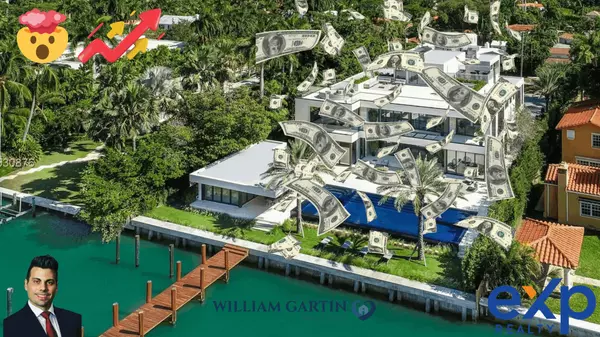
Miami Luxury Condo Sales Surge as Home Prices Reach New Heights By William Gartin | August 22, 2024 Miami's real estate market continues to thrive, with luxury condominium sales and overall home transactions experiencing significant growth in July 2024. According to the latest statistics from t
Read More“Time has come”:Fed Signals September Rate Cut from 23-Year High: What It Means for Your Mortgage

How Interest Rate Fluctuations Could Impact the Miami Real Estate Market: Insights from August 2024 Since 2022, the Federal Reserve has been hiking interest rates in an effort to curb rising inflation. While mortgage rates are not directly tied to the Fed's benchmark rate, they are influenced by si
Read MoreMiami Real Estate: The Celebrity Hotspots You Need to Know About
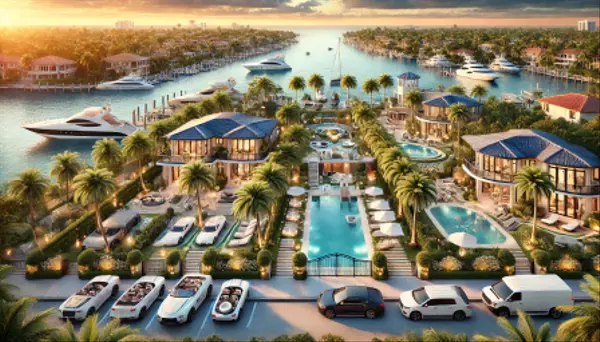
Miami Real Estate: The Celebrity Hotspots You Need to Know About Miami is not just a paradise for sun-seekers and luxury lovers; it's also a magnet for celebrities. From world-famous musicians to Hollywood stars, many A-listers have chosen Miami as their home, drawn by its vibrant lifestyle, s
Read More
Categories
Recent Posts
